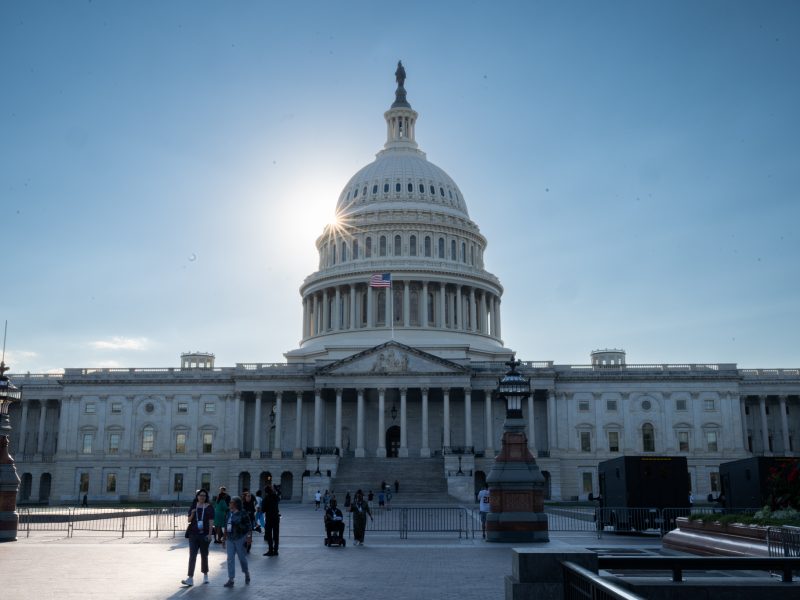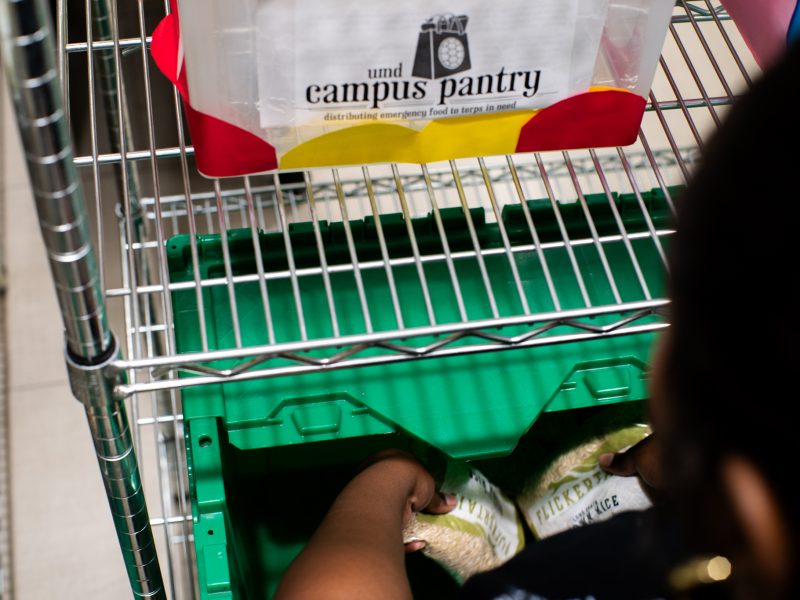By Mayah Nachman and Sanya Wason
About 680,000 Maryland residents who rely on federal food assistance programs will not receive their November benefits.
Starting Nov. 1, the federal government shutdown will pause the nationwide distribution of Supplemental Nutrition Assistance Program benefits, commonly known as food stamps or SNAP benefits.
Hundreds of thousands of Marylanders could be forced to make tough financial decisions when choosing between paying bills or going hungry. The revocation of these benefits leaves many families with children and other dependents without proper nutritional access.
Here’s what to know about the pause in SNAP benefits.
Who is affected?
SNAP benefits help low-income families across the United States afford food. About 11 percent of Prince George’s County residents receive food assistance from the program, according to 2024 U.S. Census data.
About 270,000 children across Maryland rely on these benefits, according to a Friday statement from Gov. Wes Moore.
District 3 Prince George’s County Council member Eric Olson told The Diamondback withholding these benefits will greatly impact low-income county residents’ ability to afford food.
“We already have scarcity in a lot of households,” Olson said. “People are going to have to make even more dire choices.”
[Maryland approves $500,000 to settle racial discrimination lawsuit against UMD]
SNAP benefits also flow directly into local business and grocery stores, state comptroller Brooke Lierman said in a Wednesday hearing. More than 3,800 Maryland grocery stores accept SNAP benefits as a form of payment.
Small business owners and employees will be hit hard by the suspension of SNAP, as “those SNAP dollars can mean the difference between staying open and closing their doors,” she said.
Local food banks are preparing for a rise in customer demand as the government enters day 30 of the shutdown.
Why won’t Marylanders receive SNAP benefits in November?
When the government shut down on Oct. 1, no budgets for the upcoming year were approved.
SNAP makes up nearly 70 percent of the USDA’s food assistance budget and is the country’s largest nutritional assistance program, according to the department’s website.
Cuts to the program took effect in July after U.S. President Donald Trump passed the One Big Beautiful Bill Act, which cuts more than $18y billion in national SNAP funding, according to Congress.
How is Maryland getting involved?
Maryland Attorney General Anthony Brown joined 24 other states Tuesday in suing the Trump administration over the suspension of funding to SNAP. The suit said suspending SNAP is unlawful and will have a negative impact on the nation’s public health and economy.
[Prince George’s County executive confirms new public safety officials]
Moore also launched a federal shutdown loan program earlier this month which allowed employees who are required to work throughout the shutdown without pay to receive a one-time loan of $700 to help pay for expenses such as groceries.
Where can Marylanders who rely on SNAP payments receive assistance?
While they are not a replacement for food stamps, people can receive assistance from local pantries and other food distribution organizations.
At the University of Maryland, all students and staff have access to the Campus Pantry, where they can pick up food at no cost.
The pantry offers a variety of meals for community members experiencing food insecurity, the pantry’s website reads.
The state of Maryland also offers an Emergency Food Assistance Program to families in need, which helps them find food assistance resources based on zip code.



